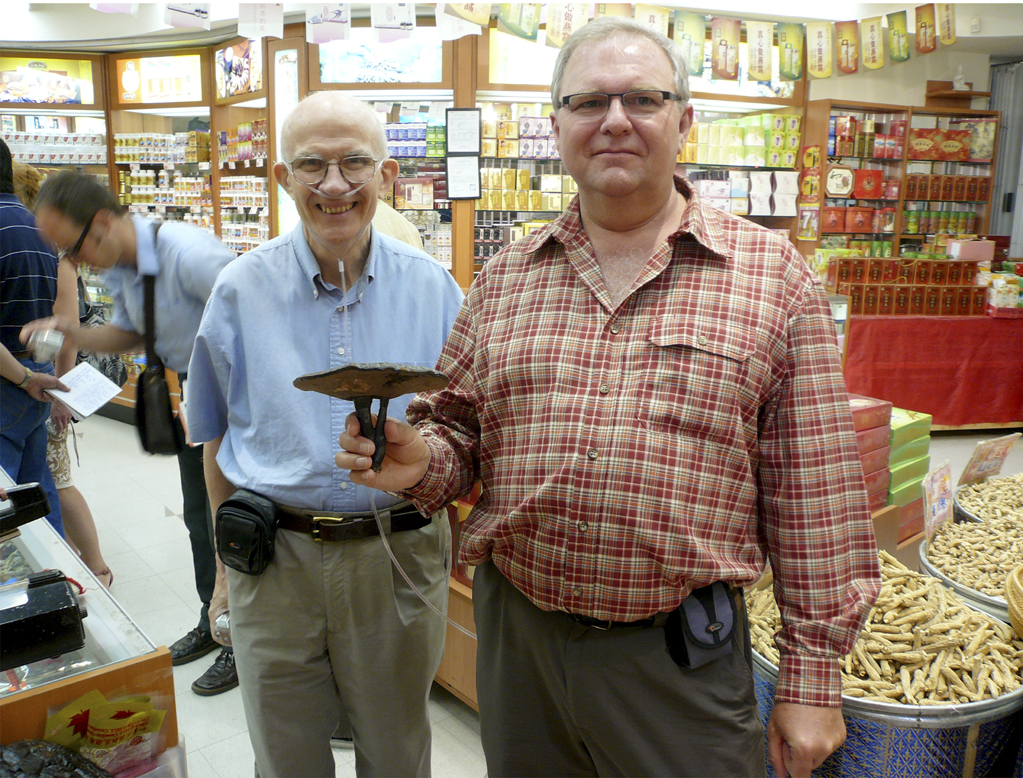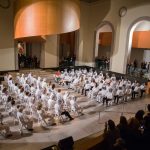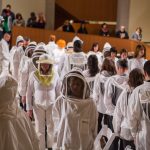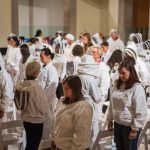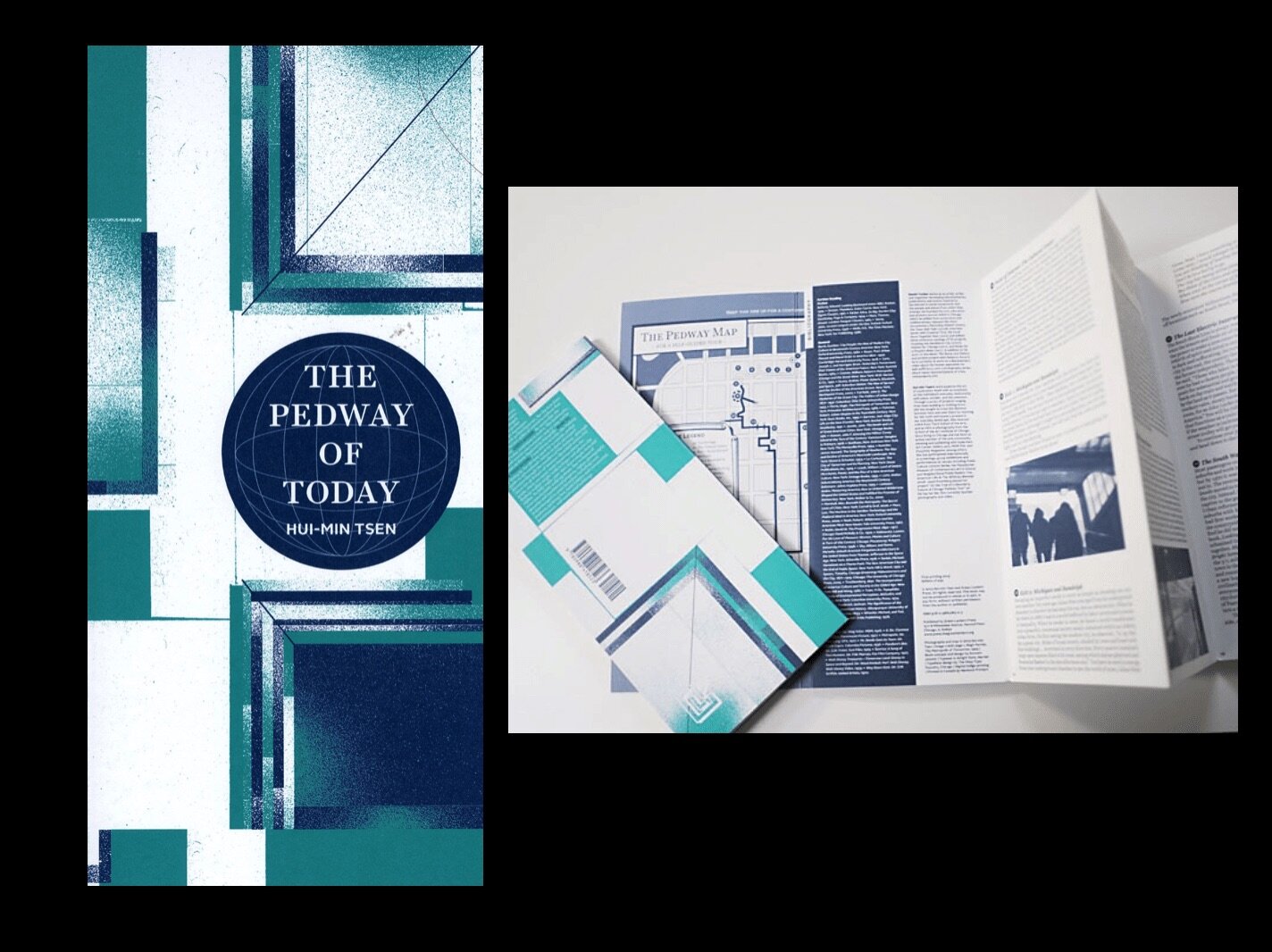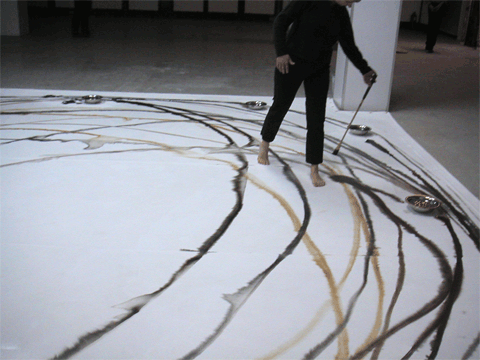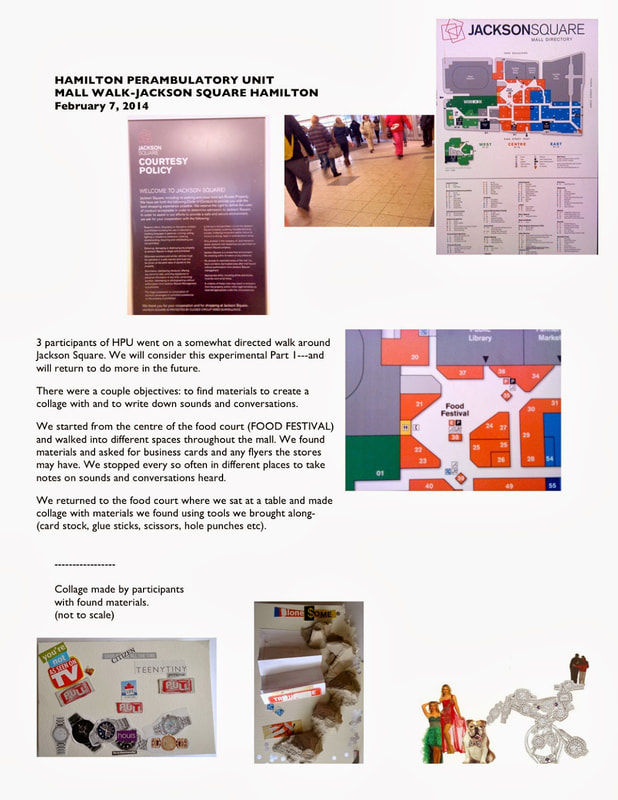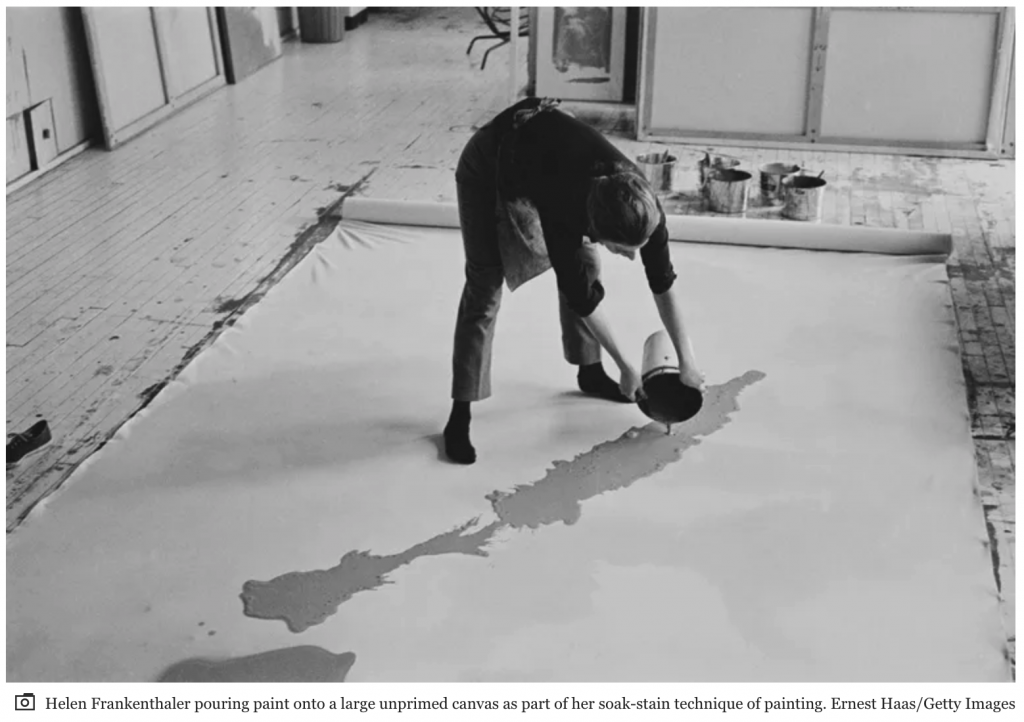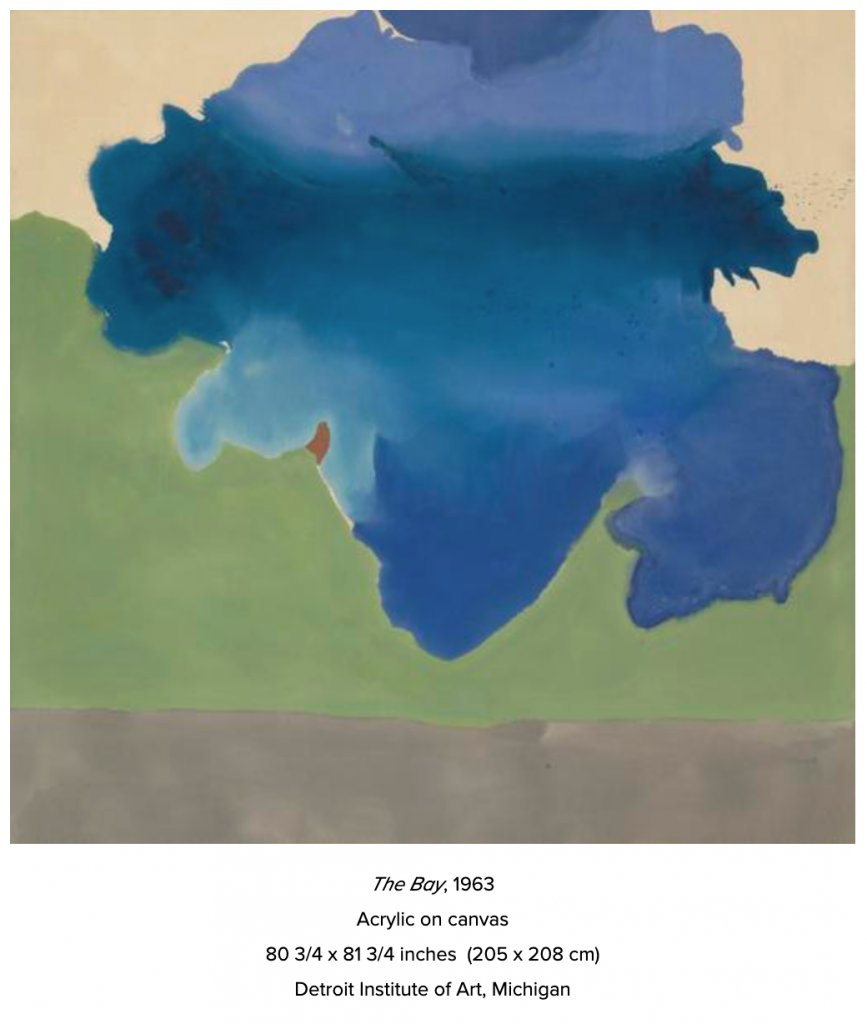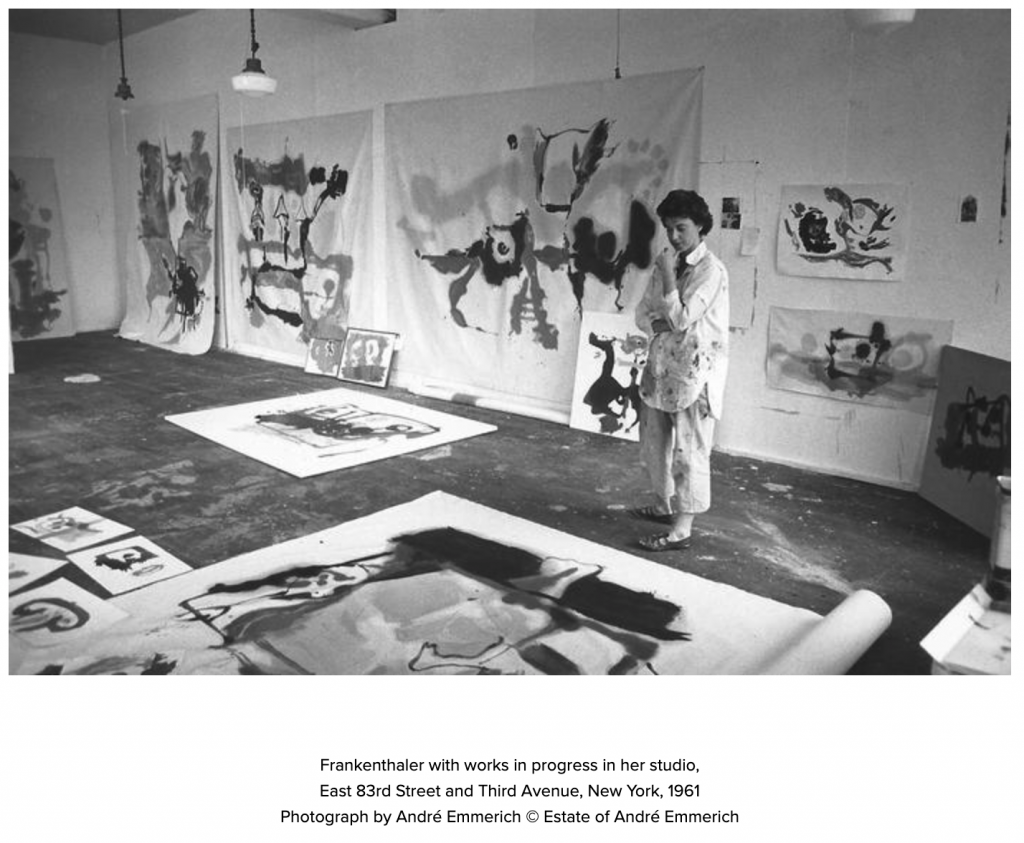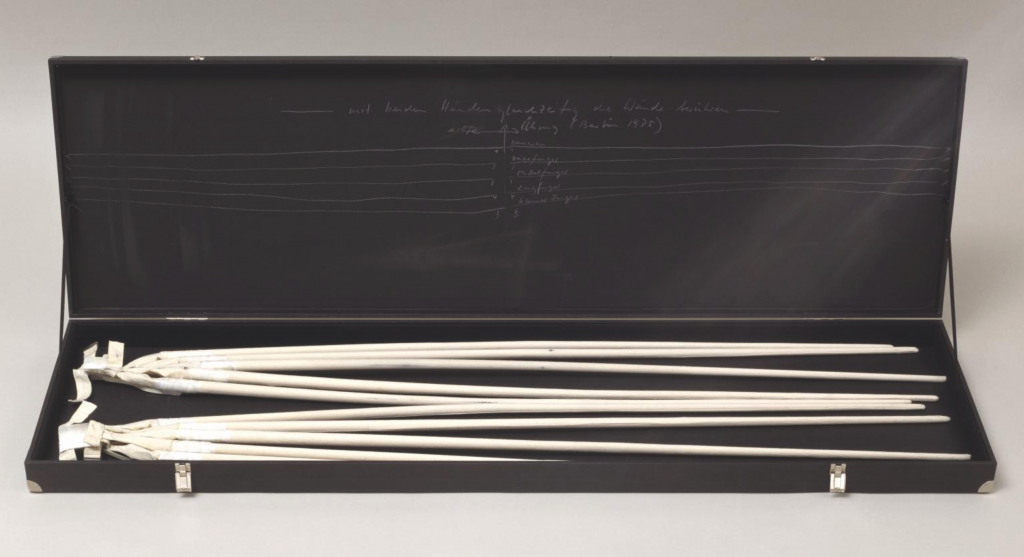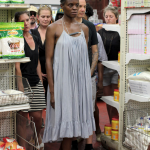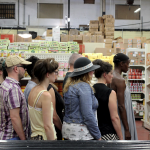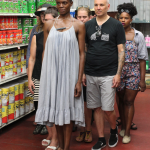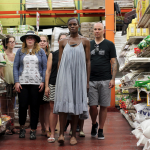“The China Town Foray, Intervention and photographs, 2008 – 2010
I invited the Mycological Association of Toronto (an amateur mushroom hunting club) to go on a mycological foray in “Chinatown” or, the Chinese supermarkets and medicinal shops in Markham, Toronto. With field guides and magnifying glasses, we debated Latin species names and toured the suburban marketplace in the same manner that we would research and identify Ontario fungi in the forest or field.
Special thanks for the work and expertise of Alan Gan, and the participating members of the Mycological Society of Toronto.
The event took place in various locations in Markham, Toronto, in the summer of 2008. In 2010, the urban forage was repeated in New York City, with the collaboration of the New York Mycological Society. Special thanks to guest mycologists Paul Sadowski and Gary Lincoff.
EXHIBITION HISTORY
AGYU, Terrestrial / Celestial and Walking Studio, curated by Emelie Chhangur , Spring 2012, Toronto
Articule Gallery, Terrestrial/Celestial, Presented as part of Mois de la Photo, curated by Anne-Marie Ninacs, Fall 2011, Montreal, Canada
Umami Festival Performance, The New York Foray, Urban foraging events with the New York Mycological Society. Curated by Yael Raviv, Spring 2010, New York City
Mercer Union, The Chinatown Foray, Solo exhibition, main space, Fall 2009, Toronto” (credit)
